Mitigating the Ryegrass glyphosate-resistant seed dispersion by ruminants
The paper “Endozoochorous seed dispersal of glyphosate-resistant Lolium multiflorum by cattle“, published in The Journal of Agricultural Science, has been chosen as the latest Editorial Highlight and is freely available to download for one month.
Weed resistance is a natural response to selection pressure, imposed by continuous and repeated use of herbicides, and is undoubtedly one of the main concerns of modern agriculture. Herbicide-resistant weeds can survive and reproduce after chemical management, causing yield losses or increased costs for alternative management. The most widely used herbicide in chemical management of weeds in the world is glyphosate. It is a highly effective and nonselective foliar-applied product used to manage annual and perennial weeds. However, intensive use in no-till systems, for genetically modified crops, and in cover crops has increased the occurrence of resistance.
Among the main glyphosate-resistant species worldwide, Italian ryegrass (Lolium multiflorum Lam.) is particularly prominent. It is widely used as a cover crop or in integrated crop-livestock systems. However, it can cause yield losses in winter crops, orchards, vineyards, maize, rice, and soybean. Thus, strategies are needed to mitigate the evolution of glyphosate resistance in Italian ryegrass (LOLMU-R). One of the main strategies is preventing seed migration by reducing dispersal of the resistance gene. However, seeds can be widely dispersed via ingestion by vertebrate animals and their subsequent elimination in feces (Endozoochory), enabling the migration of herbicide-resistant weed seeds. Seeds ingested by ruminants undergo physical and chemical processes as well as microbial activity, affecting their recovery and germination. As a result, the dispersion potential basically depends on these factors.
We conducted an experiment to evaluate the recovery and germination of Italian ryegrass seeds after passage through the digestive system of cattle. In this study, we demonstrated that up to 9% of the LOLMU-R seeds ingested by cattle can be recovered within six days, maintaining their germinative potential. We conclude, therefore, that the cattle are a dispersal agent of glyphosate-resistant Lolium multiflorum seeds. In order to mitigate the evolution of glyphosate resistance, a quarantine period of at least seven days is recommended prior to moving animals from one infested area to another.
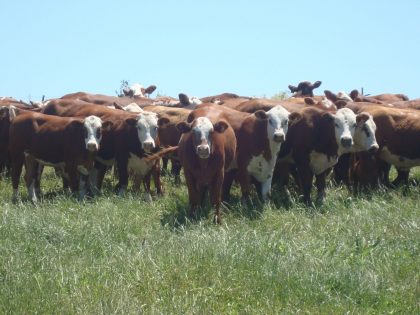
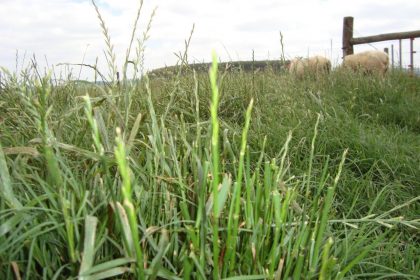
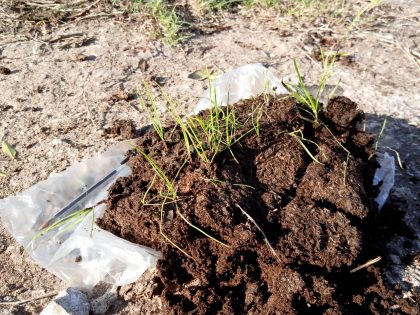
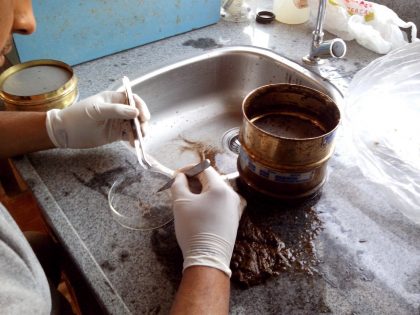
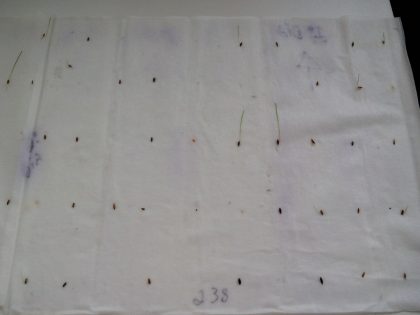
The Journal of Agricultural Science Editorial Highlights are selected by the Editor-in-Chief and are freely available for one month. View the recent selections here.






